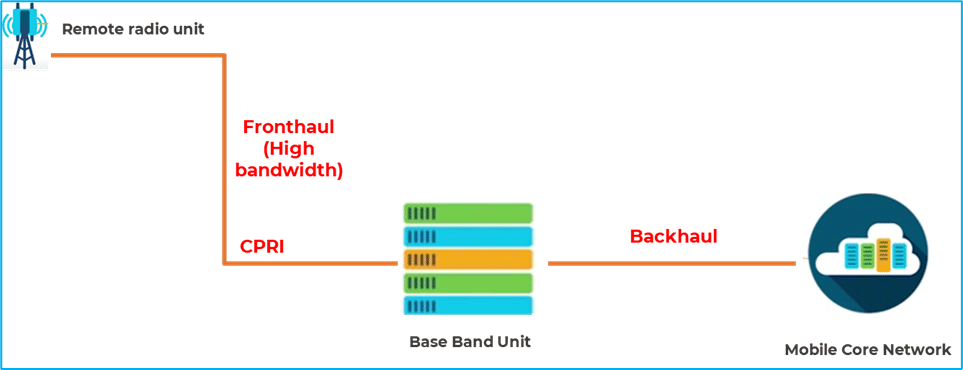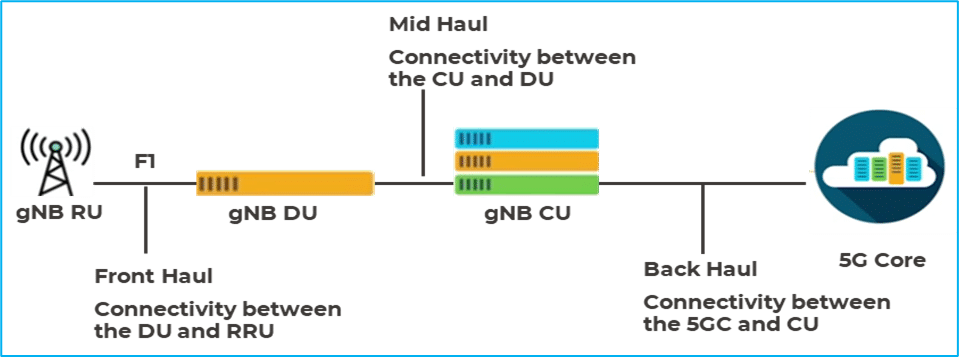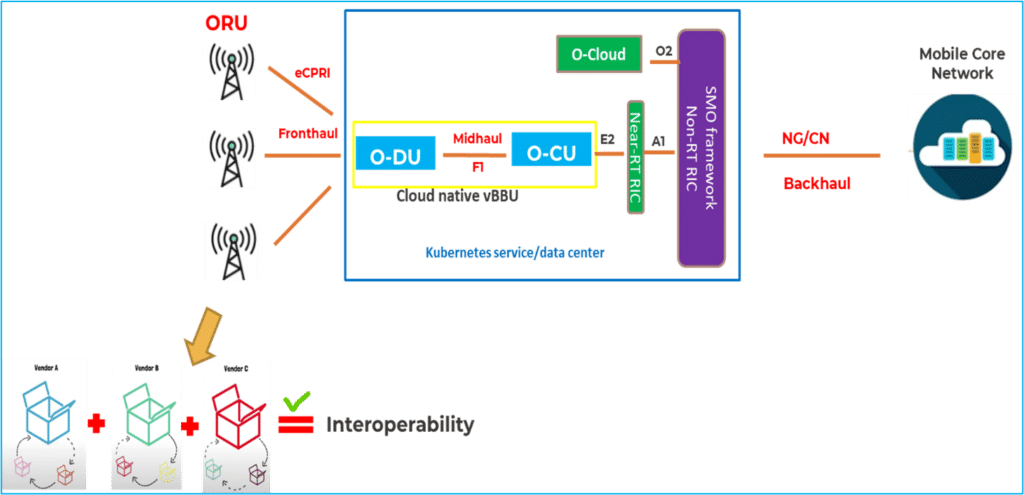Traditional RAN, vRAN (virtualized RAN) Vs ORAN (Open RAN)
January 29, 2024

Traditional or legacy RAN (Radio Access Network), vRAN (Virtualized RAN), and O-RAN (Open RAN) are different architecture approaches to the design, implementation, and operation of mobile networks, specifically focusing on the radio access network.
Evolution of RAN Architecture
Traditional RAN
Accepted from the beginning of wireless cellular technology, from 2G through 5G, the traditional legacy RAN is the major component of wireless networks by connecting end users with remote-control systems via the core network. RAN systems are formed by the base station with integrated antennas for the radio unit handling traffic, baseband units (BBUs) for signal processing, and controllers for network management. Due to proprietary technologies, this configuration lacks options for equipment and software.

Virtualized RAN – vRAN
As technology has evolved, less expensive options utilizing network function virtualization (NFV) and software defined networks have begun to replace the traditional hardware. Making use of NFV, separating the baseband unit into distribution and control units have emerged, paving the way to virtualize distribution and control units.
Once the hardware is virtualized, cloud-based containers with Kubernetes technology has been recognized by industry experts. This has resulted in a more flexible architecture consisting of a centralized BBU with software-based controller. With technology evolution, especially the introduction of the network function virtualization (NFV) and software defined base environments of less expensive COTS (commercial off-the-shelf software) replacing the traditional hardware, splitting traditional baseband unite into distribution and control unit are emerged, then virtualizing distribution and control unite become reality; once the hardware is virtualized, cloud base containers with Kubernetes technology are recognized by industry experts; virtualized RAN (vRAN) is then well introduced with centralized BBU and software based controller. However, because vRAN only runs COTS based BBU, and it still has proprietary RU and interface, baseband software and radios must come from the same vendor; these restrictions means that vRAN lacks an open ecosystem.

Open RAN (ORAN)
Building upon the concept of vRAN (virtualized RAN), O-RAN or ORAN (Open Radio Access Network) takes it a step further by focusing on standardization and openness and aims to open the cellular network infrastructure by promoting open interfaces, flexibility and interoperability between different equipment vendors. The traditional RAN and vRAN architecture are characterized by proprietary and integrated solutions from a single vendor, ORAN breaks down these proprietary barriers and creates an open and more collaborative ecosystem.
ORAN is also based on network function virtualization (NFV) and software defined network (SDN) to enable network slicing. This is one of key aspects of the 5G technology for specific requirements, such as latency, bandwidth, and reliability. NFV creates a more flexible and scalable network architecture which is a key concept that plays a significant role in the evolution of 5G networks by decoupling network functions from dedicated hardware and enabling them to run as software on general-purpose servers or in cloud environments. Software-Defined Networking (SDN) is a concept that combines the capabilities of 5G NR technology with the principles of software-defined networking. SDN is an approach to networking that separates the control plane from the data plane, providing centralized control and programmability of network resources. There are some main software tools and platforms being used in this concept such as OpenDayLight (ODL), Open Flow, ONAP (Open Network Application Platform), APIC (Cisco Application policy Infrastructure Controller, etc.
However, ORAN is still evolving and overcoming challenges such as standardized interfaces, integration complexity (multi-vendors), and validation (multi-vendors compatibility and performance). Despite these challenges, ORAN technology is still perceived as the revolution of the broader industry trends of virtualization, open standards, and software-defined networking.

Key differences between Traditional RAN, vRAN and ORAN:

Summary:
In summary, the traditional RAN is characterized by tightly integrated, vendor-specific solutions; vRAN introduces virtualization to increase greater agility, while ORAN with more diverse and innovative ecosystem emphasizes open interfaces and interoperability. For any operators, what technology to choose depends on numerous factors, such as budget, network deployment size and complexity, vendor flexibility considerations, etc. These technologies represent different evolutionary stages seeking for more efficient, cost-effective, open, and flexible radio access networks. The industry continues to evolve, and ongoing developments may further shape the landscape of mobile network architectures.
Kelly Telecom, a leading technology services provider with a strong record of success in deploying wireless networks for over 20 years, can leverage proven RAN deployment expertise, comprehensive solutions, and commitment to customer satisfaction to deliver a high-quality, reliable, and secure wireless network. In recent years Kelly Telecom is engaged with Open RAN deployments including partnering with the largest O-RAN 5G service provider in the US for commercial network design and optimization.
Reference:
- O-RAN Alliance website: https://www.o-ran.org/membership
- GSMA ORAN page: https://www.gsma.com/futurenetworks/gsma_events/open-ran-summit/
- vRAN do NOT have any specification or standards, no defined in 3GPP; Vendors are more likely to deal with the RAN architecture and functionality within the operator’s network.




























